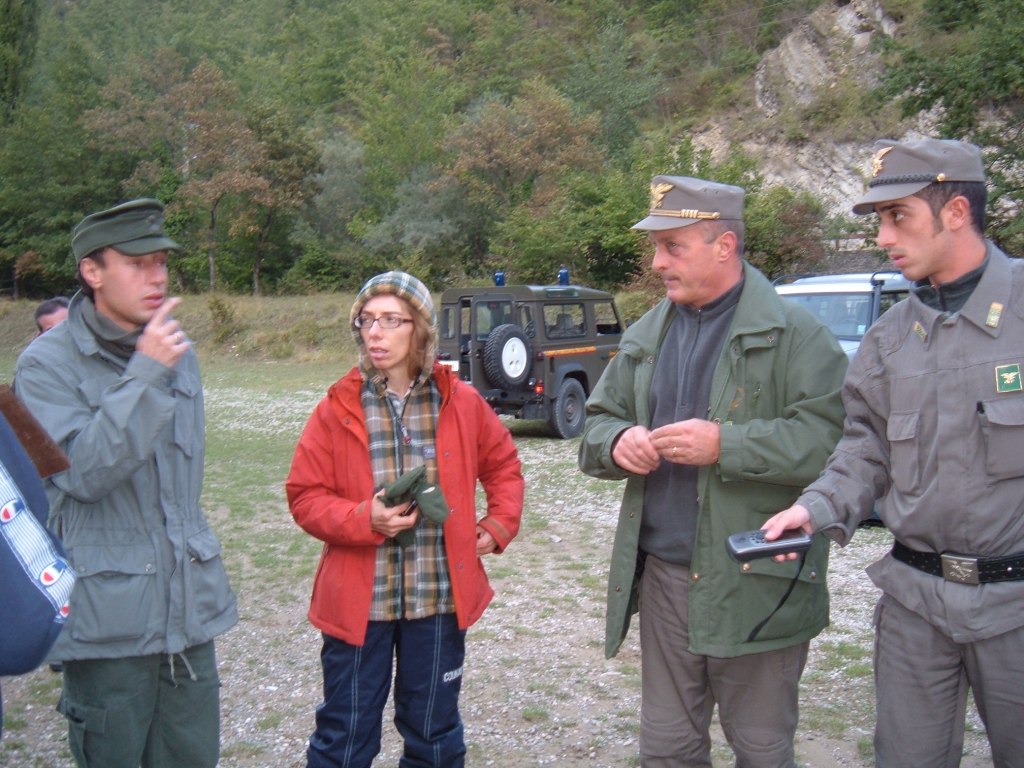IFAW is increasing wildlife security in the Amboseli landscape by equipping community wildlife rangers with expertise and skills through training in human wildlife conflict mitigation and providing operation resources such as rations, salaries, GPS-equipment, uniforms and a patrol vehicle for use by the rangers.
IFAW also initiated an education scholarship to offer financial support to 60 students to pursue studies in high school, tertiary colleges and universities, and 50 community wildlife scouts. By providing education scholarships and wildlife ranger capacity building, IFAW ensures inclusive and equitable education and promotes lifelong learning opportunities and alternative livelihoods for the local community.
IFAW is also working with local women to develop markets for income-generating activities such as beadwork and livestock management. By creating a boarding secondary school for girls and facilitating income generation among women, the project promotes gender equality and empowerment for all women and girls in Amboseli, thus, leaving no-one behind.
One of the most enabling factors in this project was the fact that the main stakeholders and owners of the land recognized that that habitat loss, degradation and fragmentation was an issue for both widlife and people and that they needed to do something about it.. By partnering up with the OOGR and the KWS, the project ensured community engagement and promotes peaceful and inclusive societies for the sustainable development of the local community and even provides a model to follow for other communities.
Buy-in from the local communities and the government (KWS) is extremely important to the success of the project. As advice to other implementers, working within existing governmental frameworks can help with implementation. At the same time, working hand and hand with local communities is essential to ensure buy-in and that project activities and interventions are actually leading to desired outcomes.
